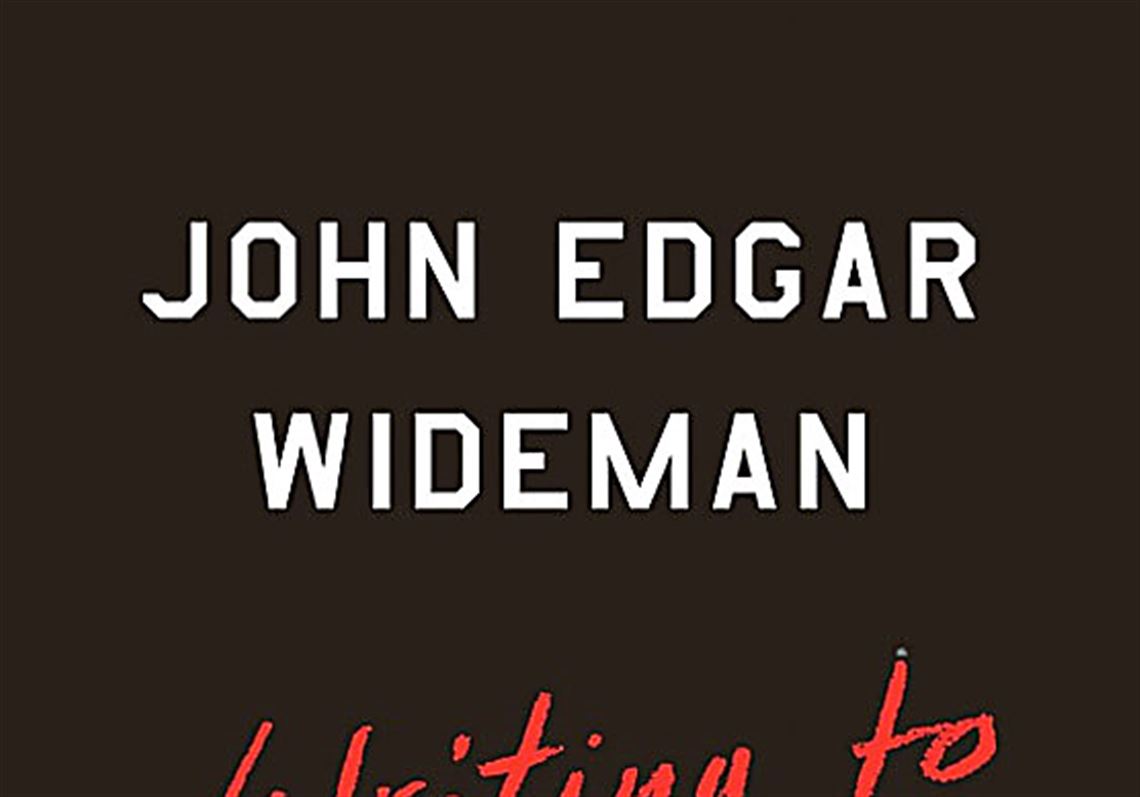For nearly 50 years, John Edgar Wideman has been looking for a weapon, something to deploy against the forces of empire. His efforts resonate throughout his body of work, but one scene in particular exemplifies his volatility. It’s a fantasy. Mr. Wideman and his brother Rob — Faruq to his friends — fighting correctional officers in the prison visiting room at SCI Pittsburgh, the sole location for any time together over the past 41 years.
Scribner ($25)
Two brothers martyring themselves in a spectacular stand against mass incarceration, like Butch Cassidy and the Sundance Kid. Poetic but unrealistic for any number of reasons, paramount among them is that the elder Wideman’s greatest strength is narrative.
Two years ago, a group of academics as well as our excellent colleagues from SCI Pittsburgh had a chance to sit in the prison visiting room with the Wideman brothers. Toward the end of our meeting, John Wideman offered a gift to our incarcerated friends.
We sat and listened as he read from a work in progress. As he read he transformed into President Barack Obama addressing a congress of the unarmed African-Americans murdered as part of a criminal justice conspiracy to which we are all complicit.
Later as he shifted into the voice of Michael Brown, back from the dead, the piece became not just surreal and horrifying, but also intensely righteous. Months later, when the piece appeared in Harper’s, I was unable to share it in truly weaponized form with anyone as I had experienced it inside the prison.
Forty-nine years after the publication of his first book, Mr. Wideman has forged “Writing to Save a Life: The Louis Till File,” perhaps his most impressive armament so far. Like so many of Mr. Wideman’s books, it opens on the streets of Homewood before leading the reader on a tour of cities and nations all situated in the heart of the author.
The journey begins with Emmett Till, as he travels from Chicago to the Mississippi scene of his gruesome murder and the exoneration of his killers. Then, Mr. Wideman takes us deeper into this nation’s heart of darkness with an examination of the case of Louis Till, Emmett’s father.
Louis Till, a soldier in WWII, was executed by the U.S. Army; his case file was eventually exhumed to discredit the Till family, in order to prevent a retrial of Emmett’s killers for kidnapping — charges they had admitted to during their murder trial. Decades later, Mr. Wideman obtained his own copy of the Louis Till file — poring over it, internalizing content and blending it with the striking parallels between the Tills and his own family. Mr. Wideman combines the official record with his own experiences and imagination to produce a discourse on truth, power as well as the lie of race and its consequences.
What draws me to John Wideman is that, though categorized as “white,” I see my own experiences as a son, brother, professor, husband, father and writer reflected in his work. Though I cannot fully share the black experience, Mr. Wideman offers a keyhole peek into that world. After enough pages, this becomes a challenge to us on both sides to rise up, open the door and see the shared humanity that some have worked so hard to disguise.
That is the key to John Wideman’s writing and it is our responsibility to seize it in the hope of saving a life, be it an African-American man shot repeatedly for no reason or our own — and we don’t need to read it in prison to realize its potential within us.
Norman Conti is a founding member of the Elsinore Bennu Think Tank for Restorative Justice at SCI Pittsburgh and an associate professor in the McAnulty College and Graduate School of Liberal Arts at Duquesne University of the Holy Spirit
First Published: November 13, 2016, 5:00 a.m.


















